By: Don Chaney
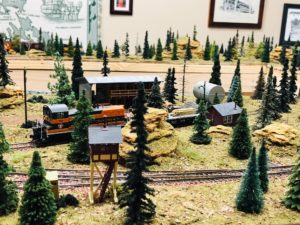
Operating model trains with a good deal of switching is extremely popular, but I prefer watching trains run continuously. Moving around my finished 7 x 91/2-foot layout while watching a steadily moving train is a never-ending joy for me.
As I planned a layout for my 12 x 17-foot game room, my main goals were emphasizing scenery and creating uncrowded, realistic scenes. It is important to note that a small layout is much easier to complete in a reasonable time and at a lower cost. Also, it may then be dismantled and completely rebuilt with many favorite components saved from the previous layout while also incorporating better design features, new products, and improved building skills. I have constructed several layouts and I am finally happy with each scene and the overall realism of my current layout.
To facilitate more viewing angles than an around-the-room setup, I selected an island-style “donut” train table. Since my rectangular table has only 50 square feet of available space, I employ smaller locomotives and rolling stock, as well as diminutive buildings appropriate for a mid-1950s branch line set in a hilly, rural small town somewhere in the western U.S. I chose a central Montana late summer setting with a simple track plan nestled amid appropriate scenery. A slow-running train provides the illusion of a long route, while the hills and trees on the layout create view blocks to separate the scenes.
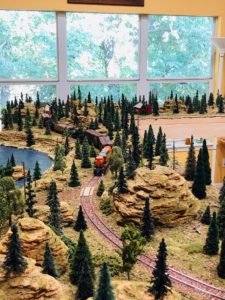
Even though my track plan is essentially a loop of track with several sidings, the track configuration and scenery features are designed to avoid the look of an oval. The island table allows me to site down the full length of each 7-foot- and 91/2-foot-long table side; I find this provides a better view of a train running through scenery than standing inside an around-the-room layout would.
While my Forest River Branch layout is freelanced, it has the look and feel of a line over which the Great Northern, Northern Pacific and Seattle, Portland & Spokane share trackage rights. As an example of what freelancing allows me to enjoy, John Urban of Kings Hobbies in Austin expertly painted and decaled a Great Northern Alco RS-11, which I regularly run despite the fact that the prototype never owned RS-11s.
My single track mainline, for the most part, runs more in the center of the tabletop than near the edges, allowing scenery to surround the track. For viewing interest, rural roads should not run parallel to table edges but need to curve around scenery features.
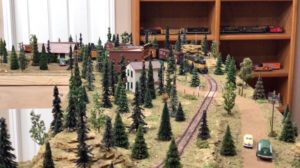






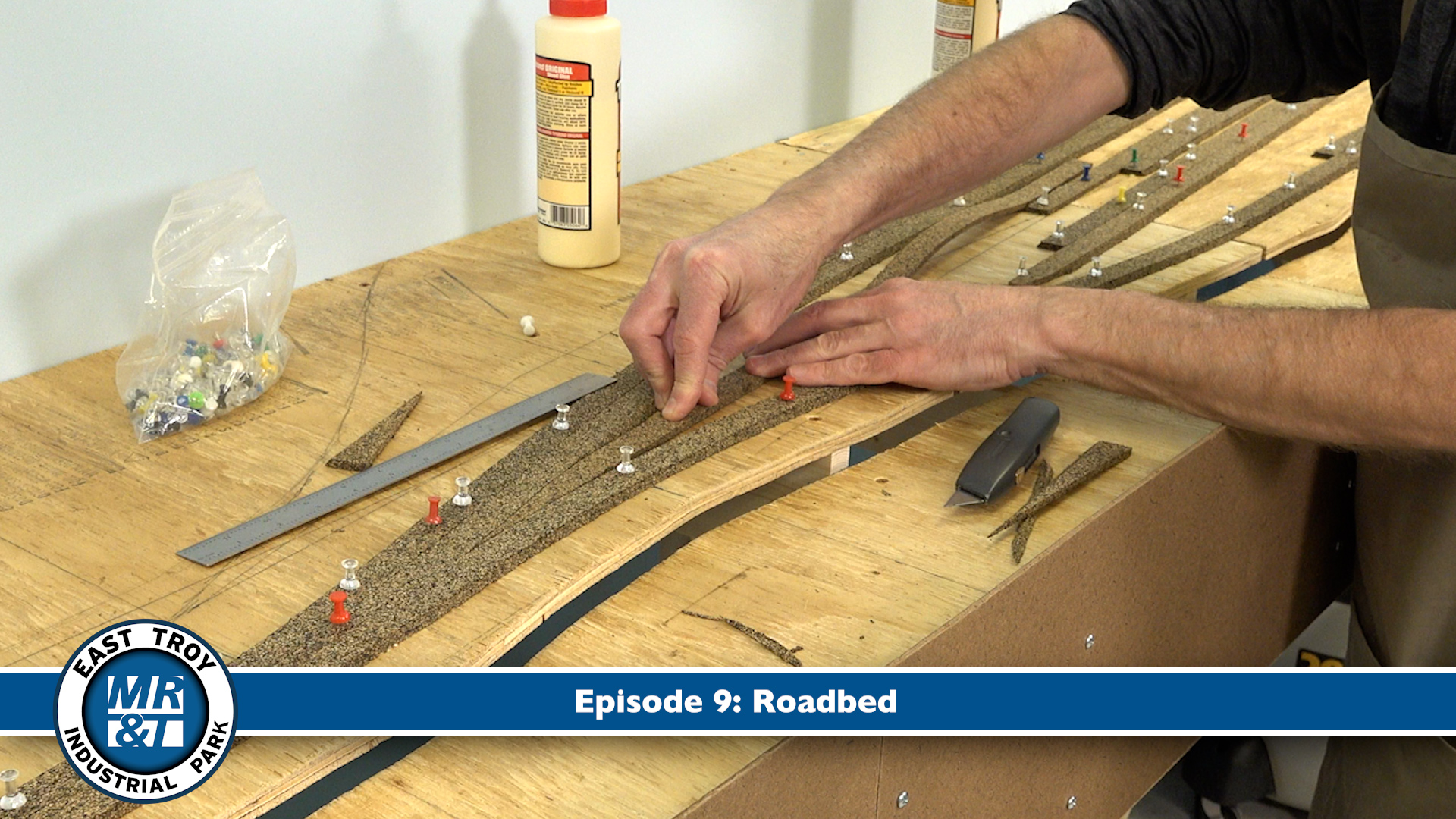
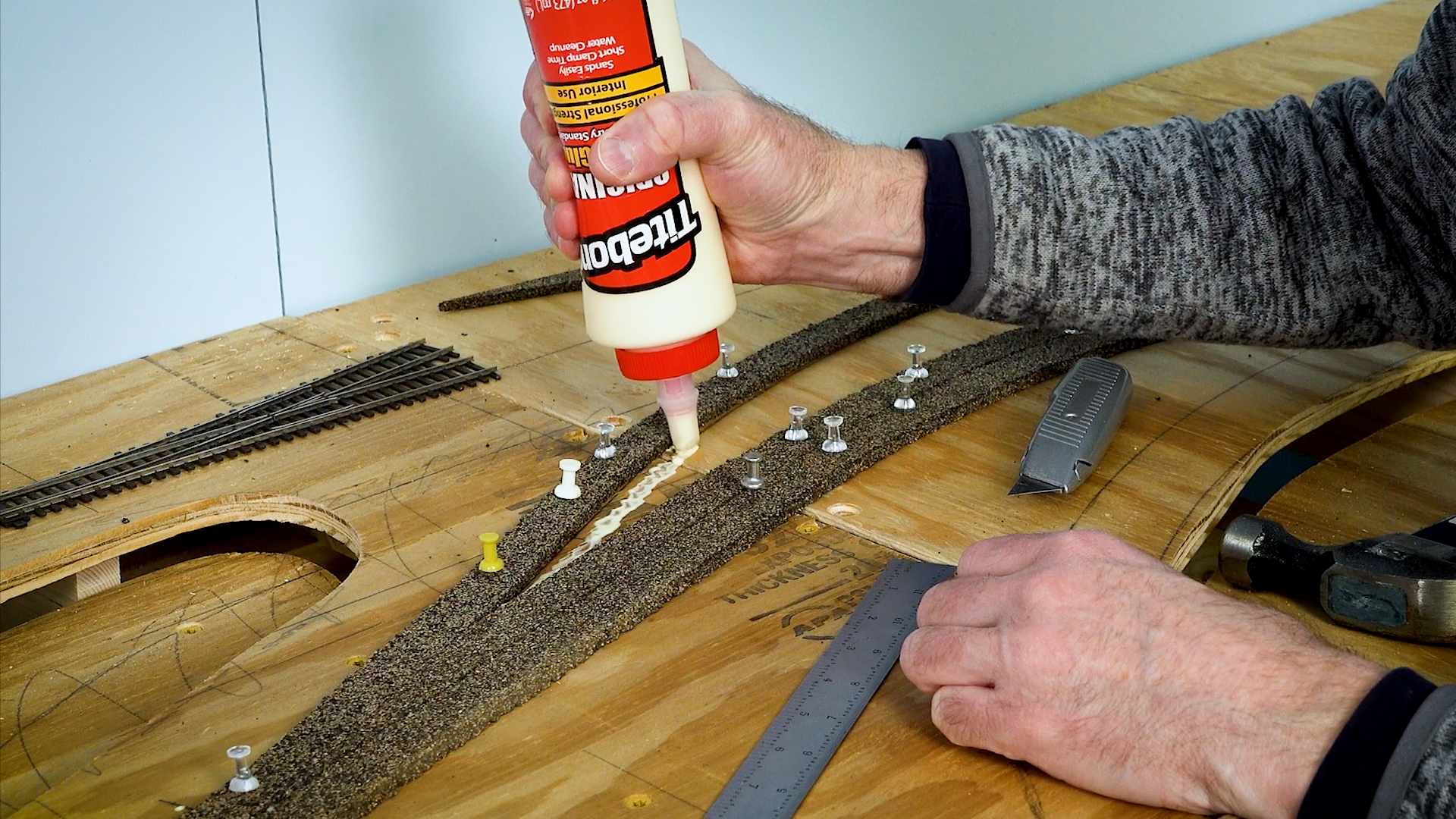

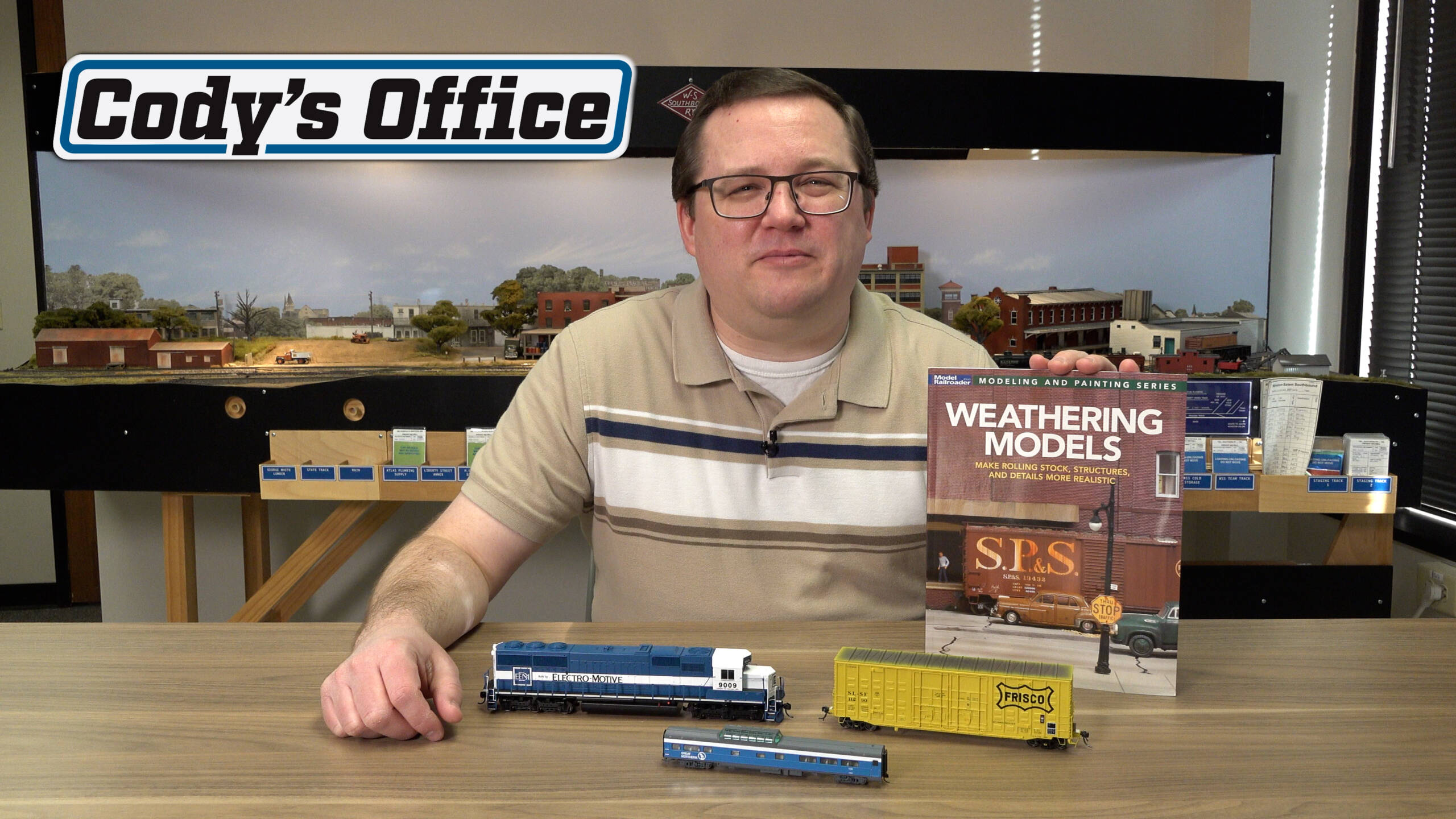




Is there a layout plan associated with this?